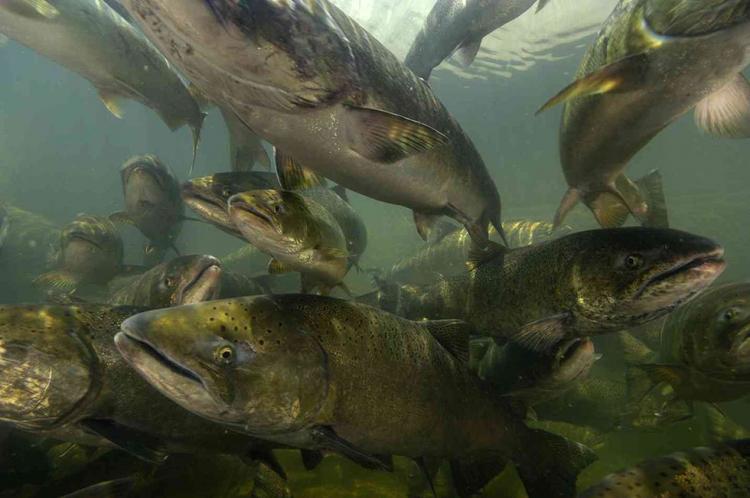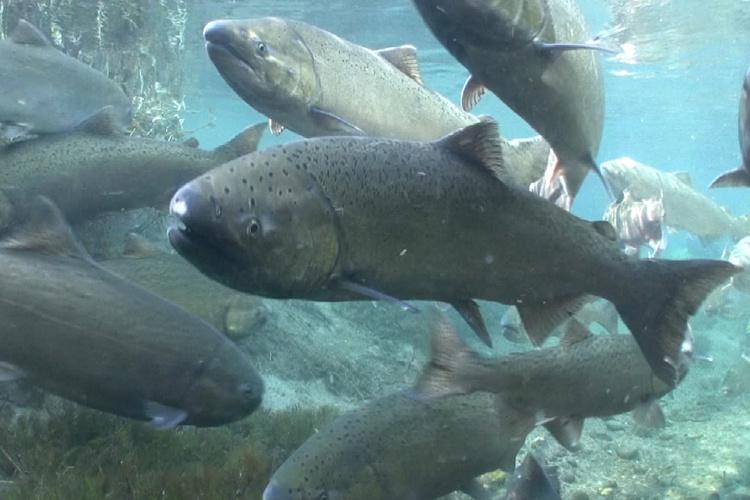
Q: Why is fishing closed in some Oregon coastal areas?
The California chinook (and coho) take a right turn when they hit the Pacific and head north to feed off the northern California and Oregon Coast, mixing in with the fish from the Rogue, Umpqua, Columbia and our own Clackamas fish. There is no way to tell the fish apart in the ocean so to protect the fish runs for the future in California, fishing is restricted off our coast.
Q: What are some possible causes for this low return?
The simple answer to why chinook fishing has been closed (commercial) or severely restricted in the ocean is due to weak species management. Chinook populations in Oregon are not as strong as they should or could be but the reason for the closure is the Sacramento and Klamath River chinook stocks are at historic lows and cannot bear any harvest. The recent extreme drought and high temperatures have negatively impacted the California chinook runs (along with habitat degradation, over harvest, water withdrawals, dams, all the usual suspects).
Q: How do you think this may affect the Clackamas river and fishing season, as the California season has already been affected?
The ocean fishing will not impact the in-river fisheries in Oregon and may even improve the catch as more chinook may enter the streams due to the reduced ocean fishing pressure. Not much we can do for the California fish stocks except continue to support environmental regulations, keep up our advocacy of protecting and restoring nature etc.
Q: What is CRBC doing to help?
For the Clackamas stocks of Chinook, Shade is an important project, the side channel projects will help some with chinook but not as much as the Coho. The work PGE has done to improve fish passage and the work USFS is doing in the upper basin are also contributing to spring chinook numbers.
CRBC continues to work towards our mission to improve fish and wildlife habitat through our in-stream and riparian projects, as well as through education and outreach. Want to contribute to our efforts? Donate now!
